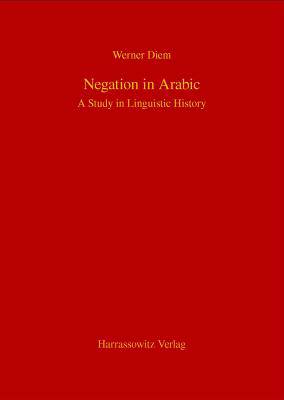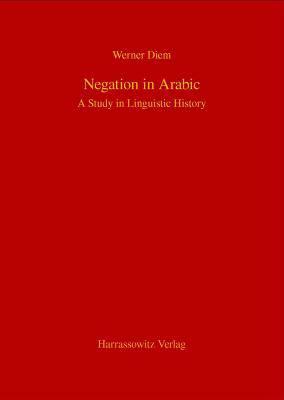
- Afhalen na 1 uur in een winkel met voorraad
- Gratis thuislevering in België vanaf € 30
- Ruim aanbod met 7 miljoen producten
- Afhalen na 1 uur in een winkel met voorraad
- Gratis thuislevering in België vanaf € 30
- Ruim aanbod met 7 miljoen producten
Zoeken
€ 139,45
+ 278 punten
Omschrijving
The present monograph is devoted to what is probably the most interesting development in the history of negation in Arabic. This development, which began in Classical Arabic and continued in the post-classical period of the language, consists of the combination of the inherited preverbal particles of negation and a newly developed postverbal element. In Negation in Arabic it is shown how this postverbal negative element developed from the adverbial expression say'an, "a bit" - which in Classical Arabic was originally confined to certain verbs marked +[quantifiable] -, and how this emphasising negation was gradually generalised for any verbs and, subsequently, other word classes until it finally became the normal, unmarked negation. Further developments consisting in the weakening or the deletion of the first element, which is the old inherited negation, are also treated. Certain details of this development resemble the development of the circumfixal negations of the type ne ? pas in French, and therefore the history of negation in French is referred to where this is helpful in order to understand the specific Arabic development. Theoretical approaches concerning the development and function of negative polarity items (NPI) are also taken into consideration.
Specificaties
Betrokkenen
- Auteur(s):
- Uitgeverij:
Inhoud
- Aantal bladzijden:
- 119
- Taal:
- Engels
Eigenschappen
- Productcode (EAN):
- 9783447101172
- Verschijningsdatum:
- 1/02/2014
- Uitvoering:
- Hardcover
- Formaat:
- Genaaid
- Afmetingen:
- 175 mm x 244 mm
- Gewicht:
- 417 g

Alleen bij Standaard Boekhandel
+ 278 punten op je klantenkaart van Standaard Boekhandel
Beoordelingen
We publiceren alleen reviews die voldoen aan de voorwaarden voor reviews. Bekijk onze voorwaarden voor reviews.








